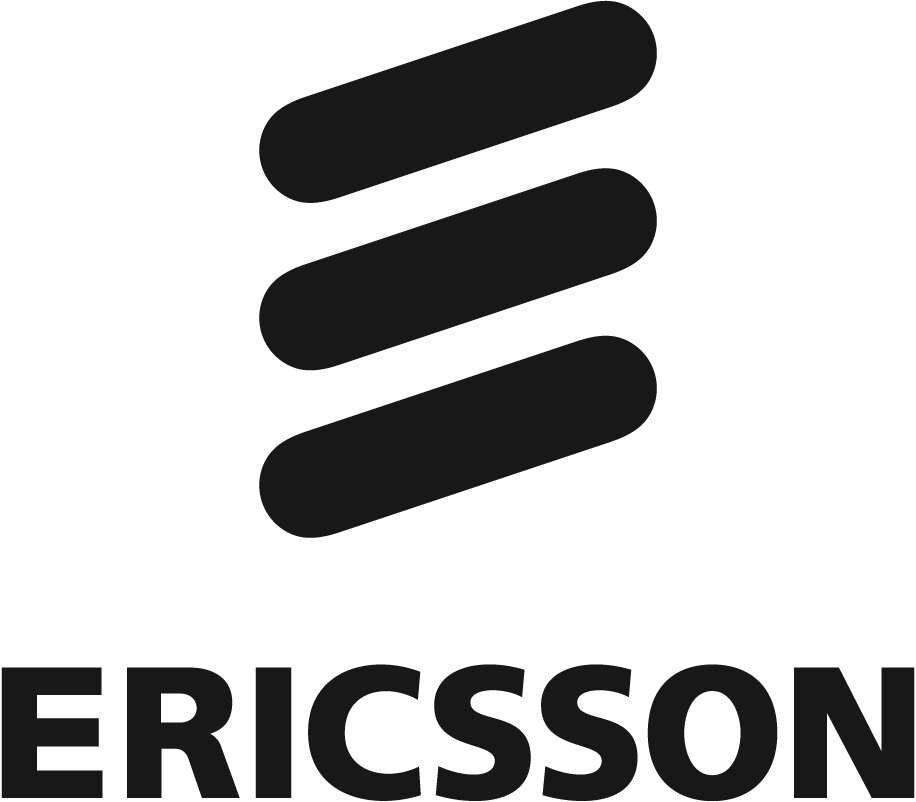Mobile Telecom - Leading and Enabling the Path to Net Zero
By JAMES CRAWSHAW, Principal Analyst, Service Provider Operations and IT, Omdia
Originally published on LightReading
The Science-Based Pathway to Net Zero for the ICT industry (as defined by the SBTi) requires mobile network operators to slash operational emissions by 45% between 2020 and 2030. Over the same period, fixed network operators must reduce their emissions by 62%, and data centers by 53%. To discuss how operators are going to meet these targets while upgrading to the latest technology, Ericsson recently held a roundtable, “Building efficient 5G networks—the journey to Net Zero emissions”, with the participation of GSMA Intelligence and Omdia.
The adoption of 5G will also play a key role. According to Paul Challoner, VP of Network Product Solutions at Ericsson, 5G is currently about 40% more energy efficient than 4G. “But in the long run once all the energy efficiency features are implemented 5G should be 10 times more efficient than 4G,” said Challoner. Those gains are a combination of more efficient hardware (e.g., power amplifiers) and more intelligent software that, for example, enables greater use of sleep mode for radio transmitters at night. “The network is dimensioned for the busiest hour of the day,” explains Challoner, “by using AI, operators can predict the usage of the network more accurately allowing them to maximize the sleep mode windows that can be safely used without impacting performance”.

